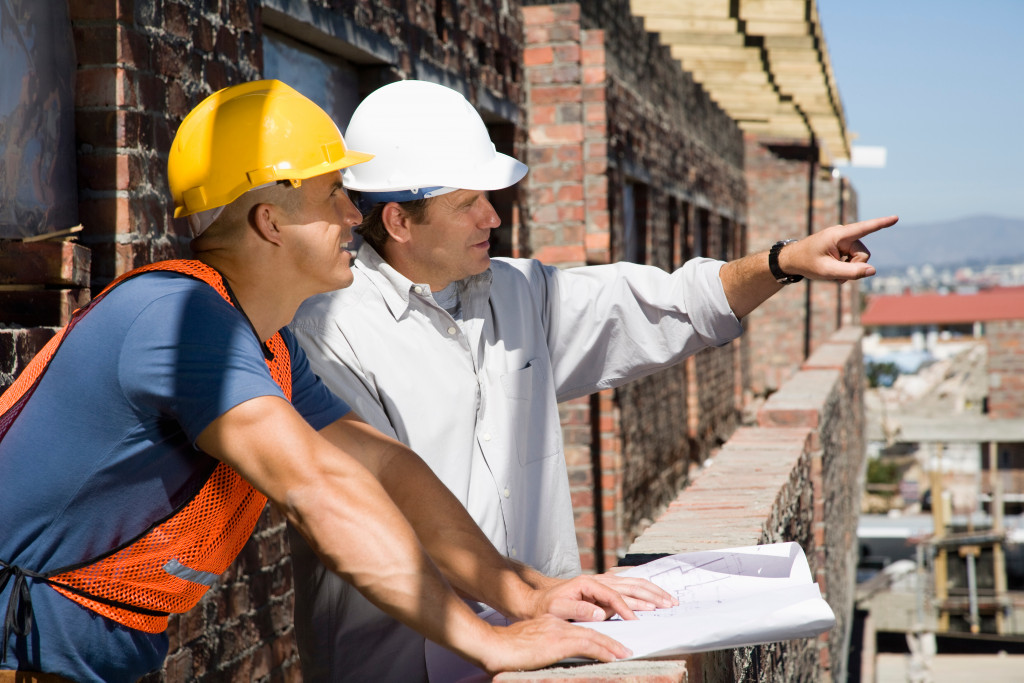Construction projects can be highly complex and require a high degree of coordination and planning to succeed. According to the Construction Industry Institute, the average construction project experiences 57% of its total cost overruns in the final 10% of the project. This situation suggests that even the tiniest oversight or delay can significantly impact the overall cost of a construction project.
Construction projects are not all about building establishments or structures. While it might be the primary focus, there are a lot of elements surrounding construction that needs consideration. They will all be critical to the success or failure of your project. Let’s take a closer look at some of these elements.
Legal Paperwork
The legal paperwork for a construction project is critical to ensure that everyone involved is aware of their responsibilities and rights. It can also help to smooth the way through any potential obstacles or disputes that may arise during the project. Failing to get the necessary legal paperwork in place can lead to costly delays and even litigation.
Some common examples of legal paperwork for construction projects include:
- Building permits
- Construction contracts
- Architectural plans and drawings
- Engineering specs and reports
- Insurance policies
As you can see, you have to do more than apply for a building permit. You get all the necessary legal paperwork before construction begins to avoid potential problems.
Project Management
Project management is critical for any construction site. Without a project manager, it can be challenging to keep track of all the tasks that need to be completed and ensure that everyone is working together towards the same goal. A good project manager can also stay on budget and schedule, which can be critical for a construction project.
One of the most critical aspects of project management is scheduling. A project manager needs to have a clear plan of what and when it needs to get done. This plan should consider any potential delays or disruptions that may occur. Having a schedule helps to ensure that the project stays on track and meets deadlines.
A project manager also needs to be aware of the budget for the project. It includes not only the direct costs associated with construction, such as materials and labor but also any indirect costs, such as permits and insurance. It is essential to stay within budget, so the construction project does not become too costly.
Fortunately, you can use project management software to help you with these tasks. This type of software can give you a clear overview of the project and help you to plan and track progress. It can also generate reports so that you can keep all stakeholders up to date on the project’s status.
Transportation
The construction site requires many materials to get transported to the site. Depending on the size of the project, this could mean bringing in construction equipment, raw materials, or even prefabricated components. Transportation is a significant part of any construction project and must get planned accordingly.
In some cases, it might be necessary to transport materials to a remote location. This type of transportation can be more challenging and requires special planning. It is essential to consider the terrain, weather conditions, and any potential obstacles that might make transportation difficult. This situation is where aggregate hauling services are handy. They can help ensure the materials are transported quickly and efficiently to the construction site.
Transportation will also be essential when clearing the construction site. There will be plenty of debris and waste that needs to get removed from the site. This task will require special equipment, such as dump trucks, to get completed.
Safety

Safety is a critical element of any construction project. There are many potential hazards on a construction site, and it is essential to take steps to protect workers and the public. Some common safety concerns on construction sites include:
- Falling objects
- Electrical hazards
- Trench collapse
- Working at heights
- Vehicle accidents
There are many ways to improve safety on a construction site. These methods include using barriers and warning signs, providing personal protective equipment, and having a safety plan. Training workers on how to stay safe while working on the construction site is also essential. You can never be too careful when it comes to safety. There is always a need for trained and skilled workers in construction. Many construction companies offer educational programs to help train workers. These programs can teach people the skills to remain safe in the construction industry.
Final Thoughts
Construction is more than just building. The surrounding elements are just as critical to the success of the project. Considering these factors, you can help ensure your construction project goes smoothly.

